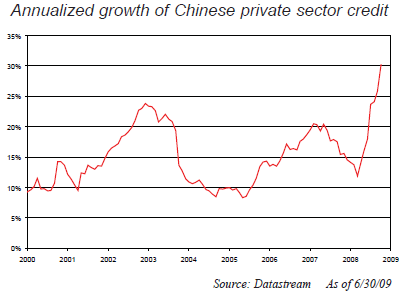Geely acquires Volvo – Now is official
This is another landmark acquisition after Lenovo’s purchase of IBM personal computer division more than five years ago, reports WSJ:
The chairman of China’s Zhejiang Geely Holding Group Co. traveled to Sweden Friday to finalize his company’s acquisition of Ford Motor Co.’s Volvo car unit, a landmark deal for China’s burgeoning car industry that also poses serious challenges for Geely.
Geely Chairman Li Shufu is expected to preside over the signing of the deal in Sweden as early as Sunday, according to two people close to the Chinese company. Under the preliminary agreement, Geely will pay $1.8 billion for Ford’s unprofitable Swedish car brand, with loans and other financial backing from banks in China, the U.S. and Europe, including low-interest loans guaranteed by the governments of Sweden and Belgium, one of the two people said. Geely’s Hong Kong-listed unit, Geely Automobile Holdings Ltd., and some Chinese local governments also would invest in the deal, the person said. He wouldn’t identify those investors.
A final deal would be the culmination of years of planning by Geely and intensive negotiations with Ford over the last 18 months. The deal would make Volvo one of the most prominent foreign brands to be purchased by a Chinese company, and would mark the first time a Chinese company has acquired the full operations of a major foreign auto maker.
It would also be the biggest step so far in a broader push by China to create a handful of globally competitive auto makers out of an industry that today is largely fragmented. That effort has had mixed success: Beijing Automotive Industry Holding Co. reached an agreement in December to acquire certain assets of General Motors Co.’s Saab unit, but another Chinese company, Sichuan Tengzhong Heavy Industrial Machinery, last month abandoned a planned purchase of GM’s Hummer unit after failing to gain Chinese government approval.
Also watch this video report from CNN:
How to watch China bubble
Ed. Chancellor of GMO (in Boston) has put out an excellent piece on the Chinese market and the “red flags” for investors.
The paper addresses how to identify the proper “speculative manias” and associated financial crises in the country. Chancellor sums it into key points, breaking down the bare essentials:
1. Great investment debacles generally start out with a compelling growth story.
2. A blind faith in the competence of the authorities is another typical feature of a classic mania. In other words, you can’t always trust the numbers that a government is putting out.
3. A general increase in investment is another leading indicator of financial distress. Capital is generally misspent during periods of euphoria.
4. Great booms are invariably accompanied by a surge in corruption. Countrywide, anyone?
5. Strong growth in the money supply is another robust leading indicator of financial fragility. Easy money lies behind all great episodes of speculation from the Tulip Mania of the 1630s – which was funded with IOUs – onward.
6. Fixed currency regimes often produce inappropriately low interest rates, which are liable to feed booms and end in busts.
7. Crises generally follow a period of rampant credit growth. In the boom, liabilities are contracted that cannot subsequently be repaid. The U.S. will ultimately be a perfect example of this.
8. Moral hazard is another common feature of great speculative manias. Greed isn’t necessarily good and we tend to act irresponsible during intense periods of speculation.
9. A rising stock of debt is not the only cause for concern. Investments financed with borrowed money don’t generate enough income to either service or repay the loan (what Minsky called “Ponzi finance”).
10. Dodgy loans are generally secured against collateral, most commonly real estate. Thus, a combination of strong credit growth and rapidly rising property prices are a reliable leading indicator of very painful busts.
Bergsten’s China action plan
Here is the action plan from C. Fred. Bergsten, Director of Peterson Institute of International Economics:
(Congressional Testimony) Hence I would recommend that the Administration adopt a new three-part strategy to promote early and substantial appreciation of the exchange rate of the renminbi
- Label China as a “currency manipulator” in its next foreign exchange report to the Congress on April 15 and, as required by law, then enter into negotiations with China to resolve the currency problem.
- Hopefully with the support of the European countries, and as many emerging market and developing economies as possible, seek a decision by the IMF (by a 51 percent majority of the weighted votes of member countries) to launch a “special” or “ad hoc” consultation to pursue Chinese agreement to remedy the situation promptly. If the consultation fails to produce results, the United States should ask the Executive Board to decide (by a 70 percent majority of the weighted votes) to publish a report criticizing China’s exchange rate policy.
- Hopefully with a similarly broad coalition, the United States should exercise its right to ask the WTO to constitute a dispute settlement panel to determine whether China has violated its obligations under Article XV (“frustration of the intent of the agreement by exchange action”) of the WTO charter and to recommend remedial action that other member countries could take in response. The WTO under its rules would ask the IMF whether the renminbi is undervalued, another reason why it is essential to engage the IMF centrally in the new initiative from the outse




